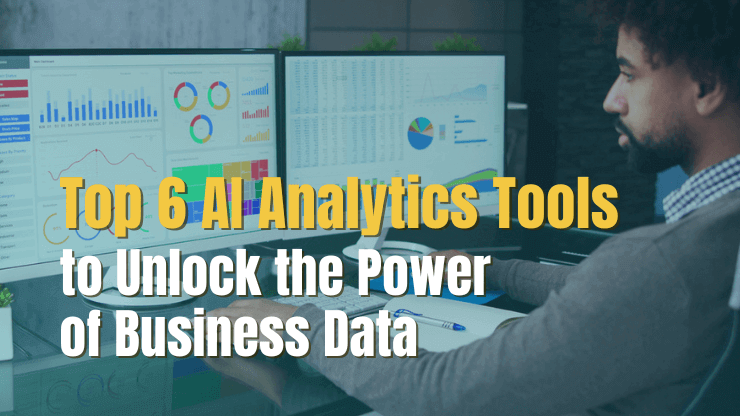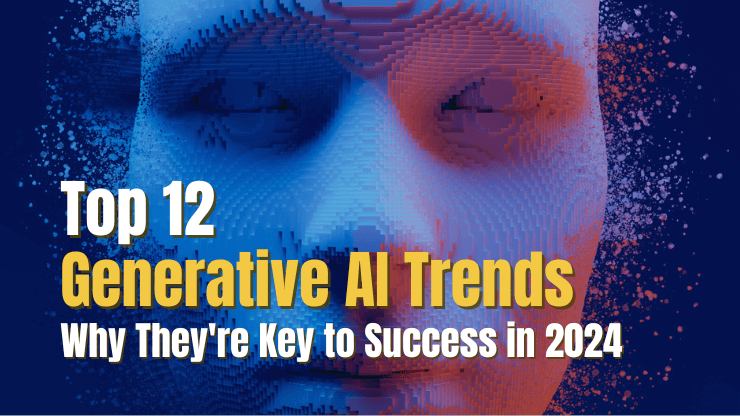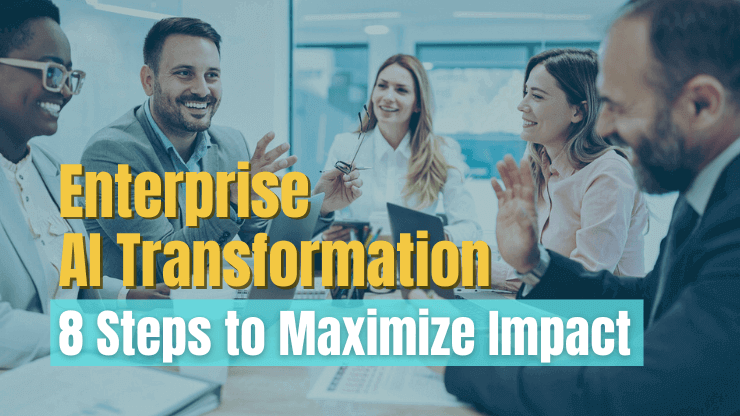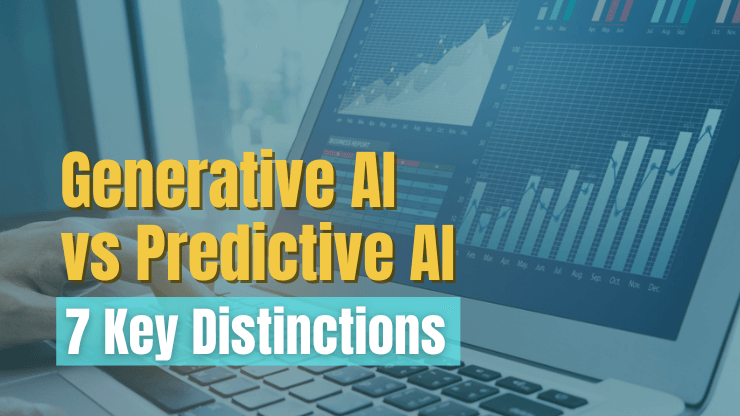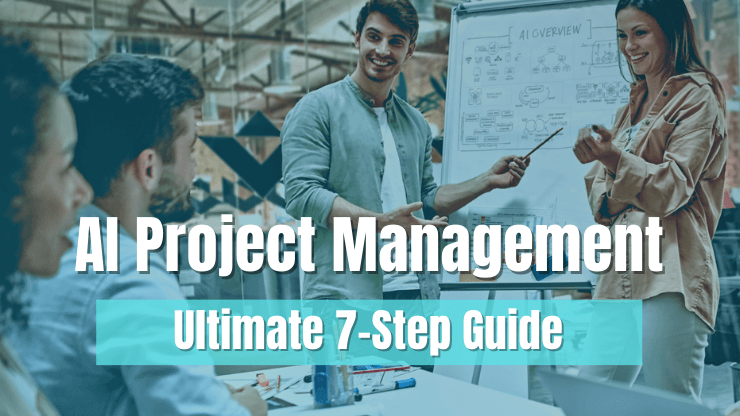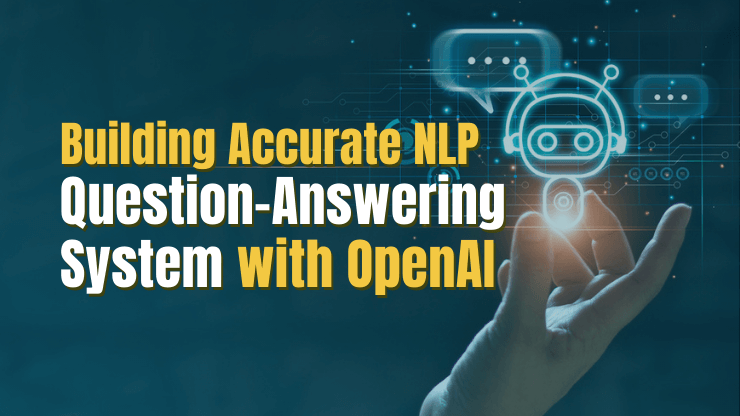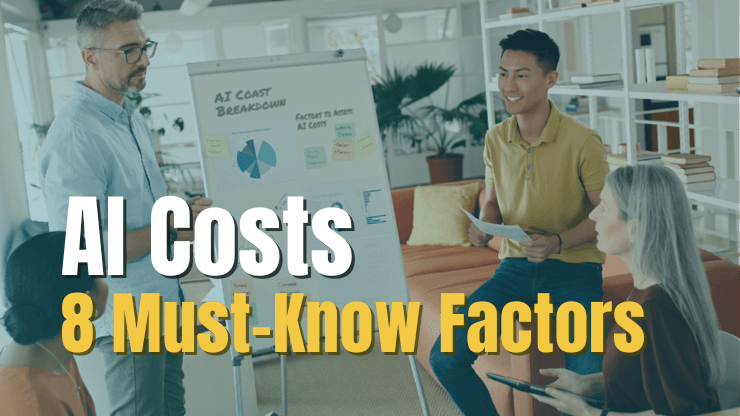AI analytics tools offer a compelling way for businesses to cut through the noise and extract meaningful insights from their data without the work and expense of manually connecting diverse data sets and building custom pivots. With direct access to AI-driven data visualization and analytics tools, businesses can be more agile and take advantage of opportunities faster.
But, selecting the right AI analytics tool is not a simple task. Not only must businesses consider their specific requirements, but they must also weigh each tool against their broader long-term AI strategy. In this comprehensive guide, we will explore the benefits of AI analytics tools, unveil the top players in the field, and delve into the diverse applications that make these tools so critical for businesses today. By the end of this article, you will be equipped with the knowledge you need to take a step towards embracing a data analysis future powered by AI.
Why should businesses consider AI analytics tools?
AI analytics tools harness the capabilities of artificial intelligence and data analytics to extract valuable insights from large and diverse datasets. These tools utilize advanced algorithms, machine learning techniques, and natural language processing to analyze data, both structured and unstructured, from sources such as CRMs, business reporting tools, and even basic spreadsheets.
By uncovering patterns, correlations, and trends within the data, AI analytics tools enable businesses to make informed decisions, optimize operations, and drive growth - without the need to hire a data scientist or provide specialized staff training. In short, they can drastically change how your business thinks again and works with business data.
Key benefits of AI analytics tools include:
- Actionable insights: Data visualization and natural language processing features help teams leverage data-driven insights with ease, so they can make better business and operational decisions on the fly.
- Competitive advantage: Streamlined collaboration
- Enhanced forecasting: Advanced data modeling features enhance a BI team’s ability to provide nuanced forecasting data and respond to business inquiries with greater agility.
- Streamlined collaboration: Collaboration across business units is made easier when everyone has direct access to business data, without the need for special data analytics skills.
Top 6 AI analytics & data analysis tools
The scope and quality of AI analytics solutions on the market varies widely. The tool you choose will depend on the exact AI data analysis features you are in need of, your budget, and your team’s skill level.
In this section we’ll provide 6 of the best AI analytics and data analysis tools on the market today, so you can begin your tool search with confidence. You can see how the tools compare to each other in the below matrix.
Tellius
Business intelligence (BI) and data visualization platform powered by machine learning (ML) that allows users to discover data insights through natural language questions.
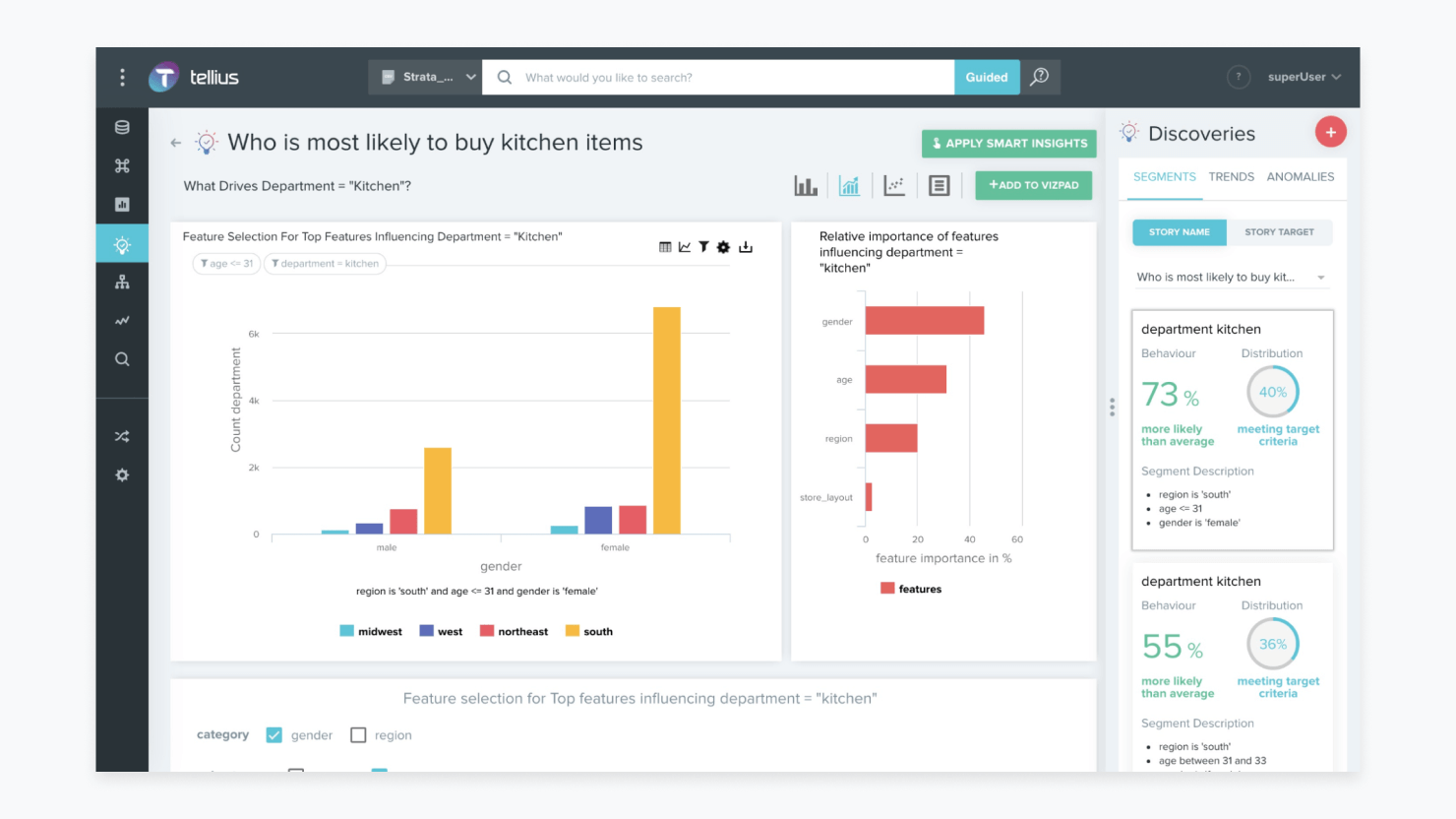
What you need to know:
- Teams can streamline data analysis, uncover root causes, understand key business drivers, compare cohorts, and identify meaningful data segments all by asking questions in natural language
- Connects to a variety of data sources such as databases, files, applications and big data repositories
- Provides access to the power of ML through point-and-click customization
ZOHO Analytics
AI tool and analytics platform that enables users to connect, prepare and analyze data, create stunning data visualizations, and discover hidden insights.
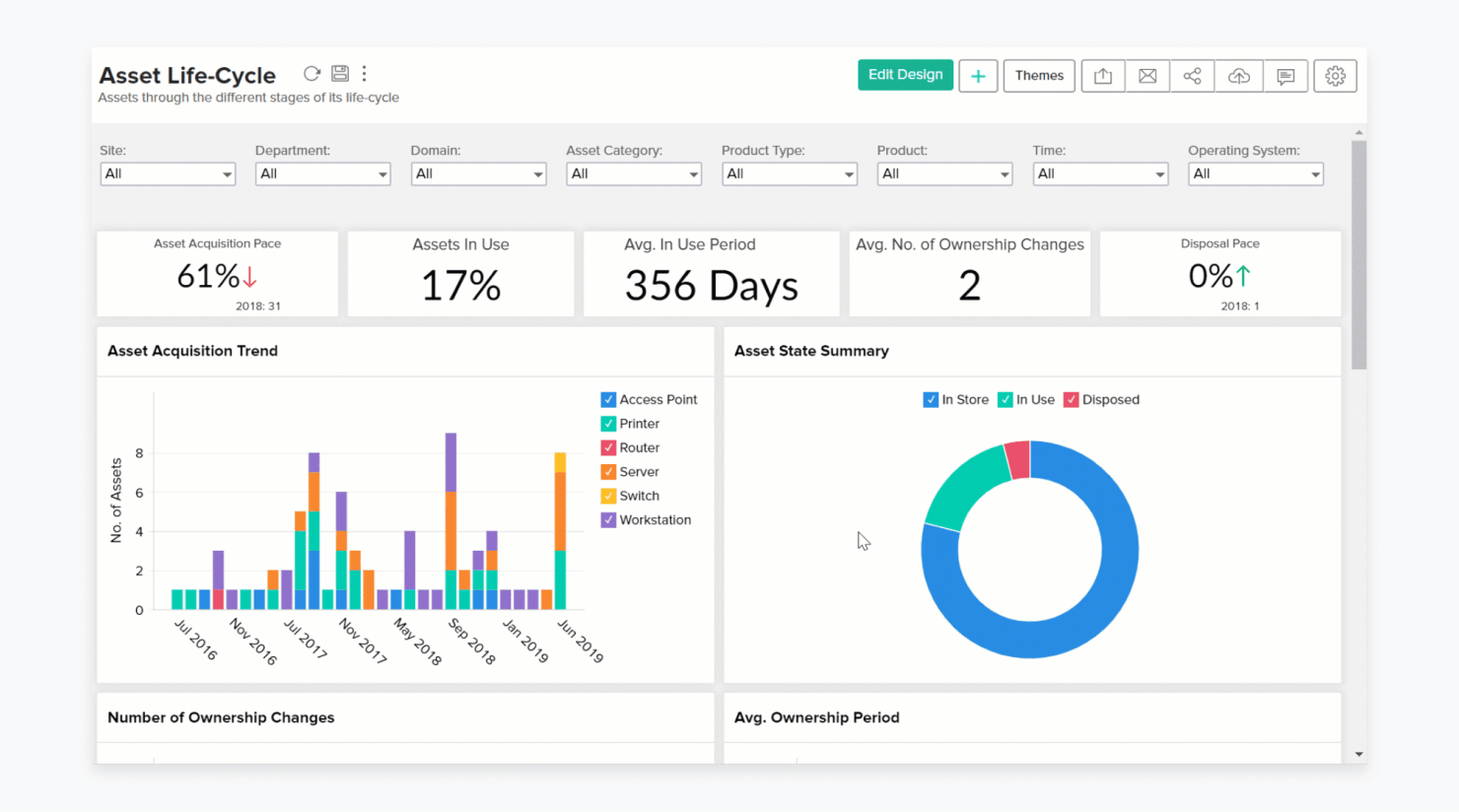
What you need to know:
- Offers a drag & drop interface with artificial intelligence and ML capabilities such as conversational analytics, automated insights, predictive and cognitive analytics
- Works seamlessly with most ecommerce platforms and can produce results within weeks, not months or years
- Has pre-built integrations with various business applications and can blend data sources and help analyze business data faster
ThoughtSpot
AI-powered augmented analytics platform that empowers everyone to ask any data questions in natural language, get accurate answers, and take action.
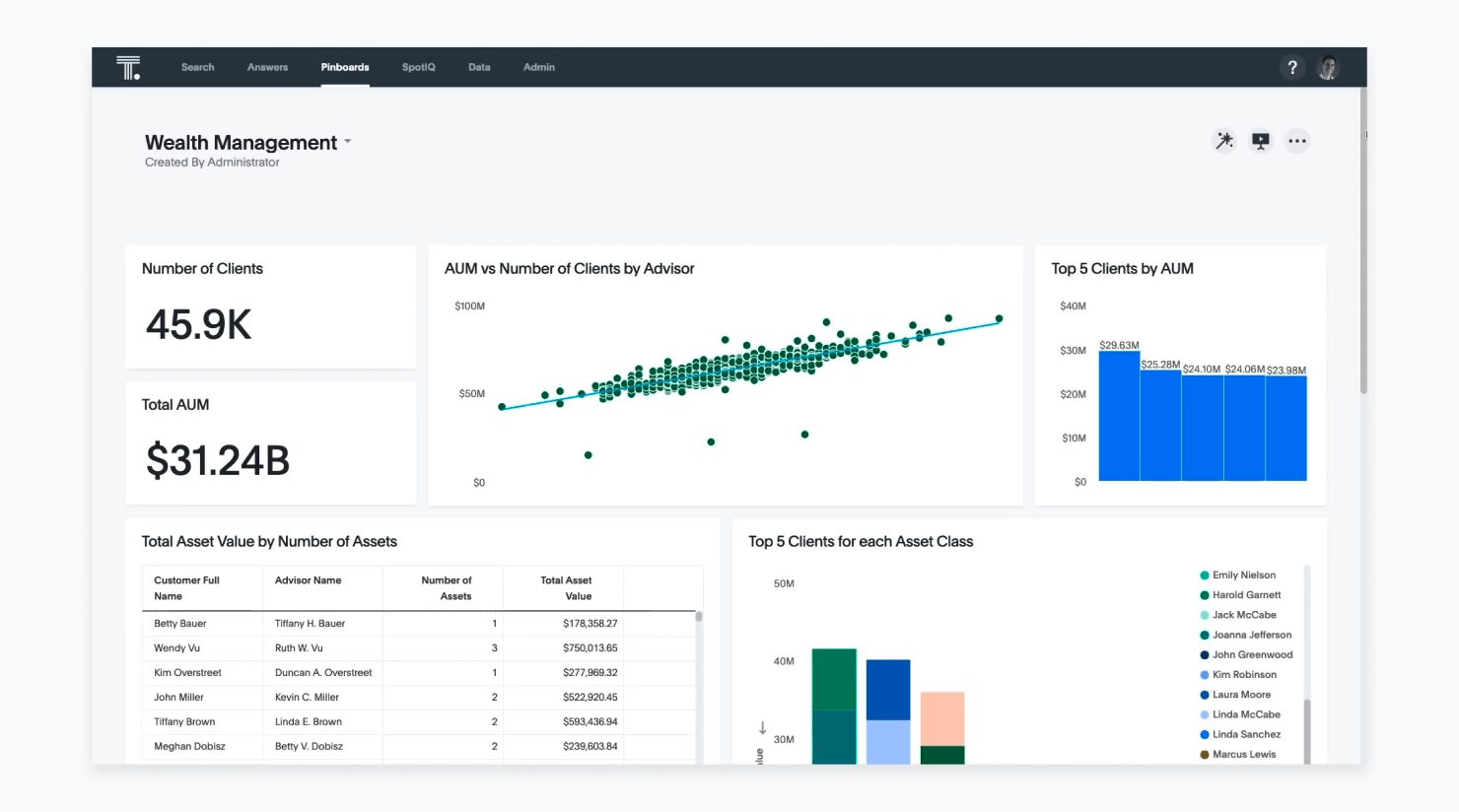
What you need to know:
- Uses a consumer-grade search interface to interact with cloud data from various sources such as Snowflake, Google Big Query, Redshift, and Databricks
- Users can automatically sort data and use SpotIQ to analyze billions of rows of data to spot anomalies, trends, and opportunities
- Offers ThoughtSpot Everywhere, a no coding platform to embed analytics into any app, portal, or product
Dataiku
BI tool powered by AI designed to systemize the use of data to deliver data and advanced analytics at scale.
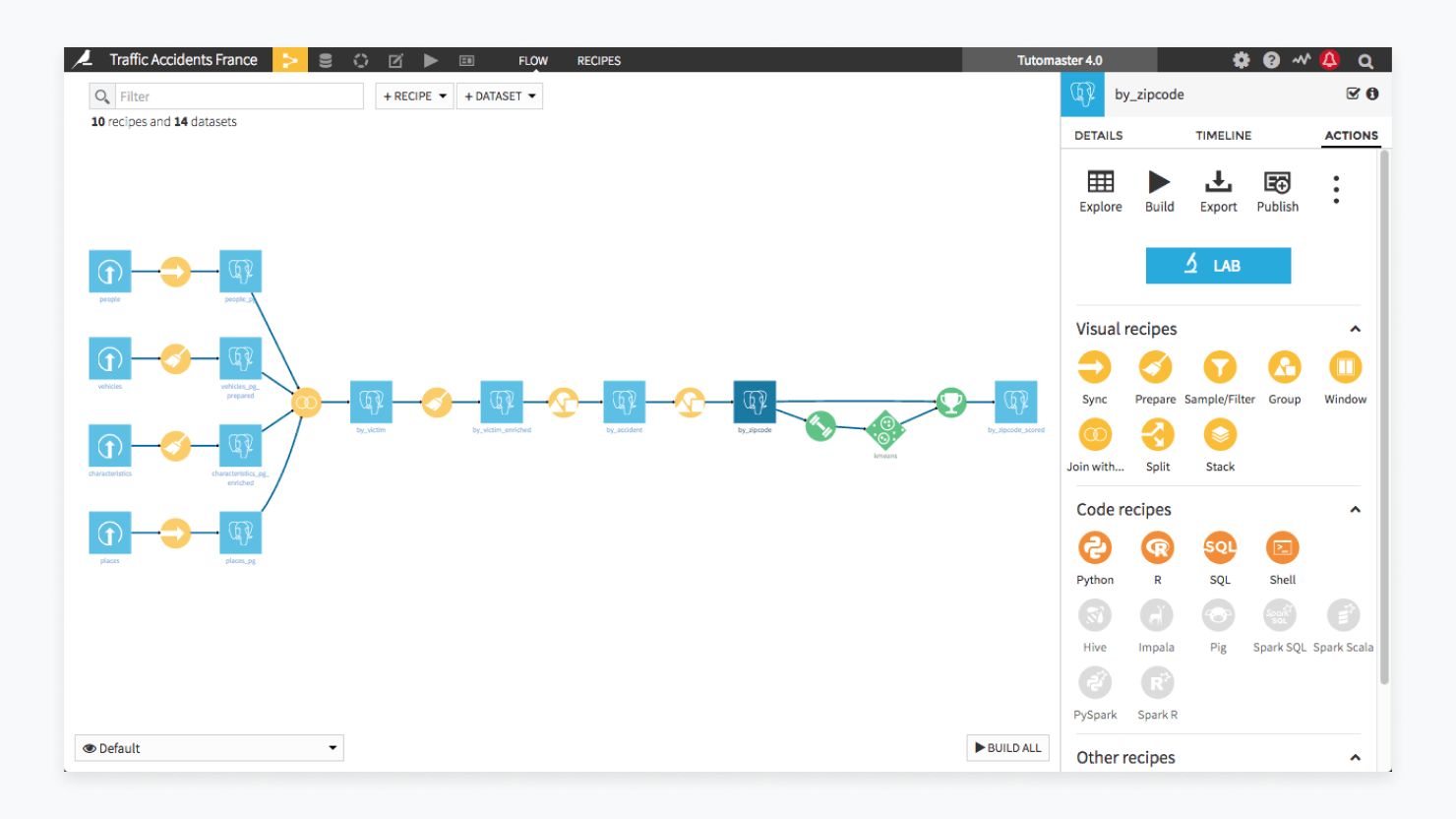
What you need to know:
- Teams can build and evaluate advanced machine learning models using Dataiku AutoM
- Collaboration tools help business, IT, and other teams work together to build, refresh, and make use of BI dashboards and custom web apps
IBM Watson Studio
A platform that facilitates the creation, management, and optimization of AI models.
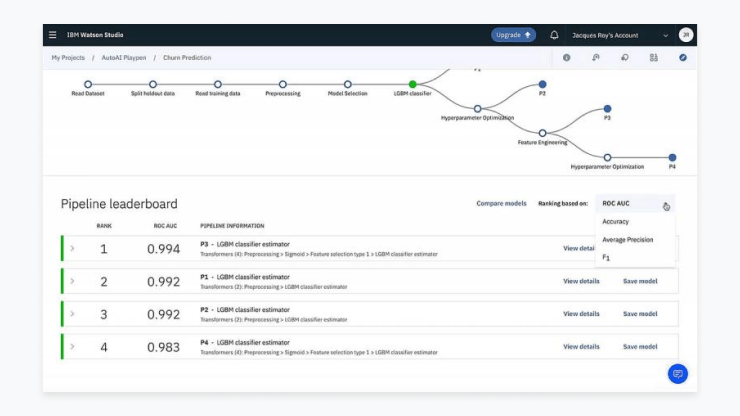
What you need to know:
- Recognized as Leader in IDC's Worldwide Machine Learning Operations Platforms 2022 Vendor Assessment
- Provides a collaborative platform for data scientists to build, train, and deploy machine learning models
- Has advanced features like automated machine learning and model monitoring
Alteryx
Analytics automation platform that helps collect, prepare, and blend data to speed up or automate processes and provide actionable business insights.
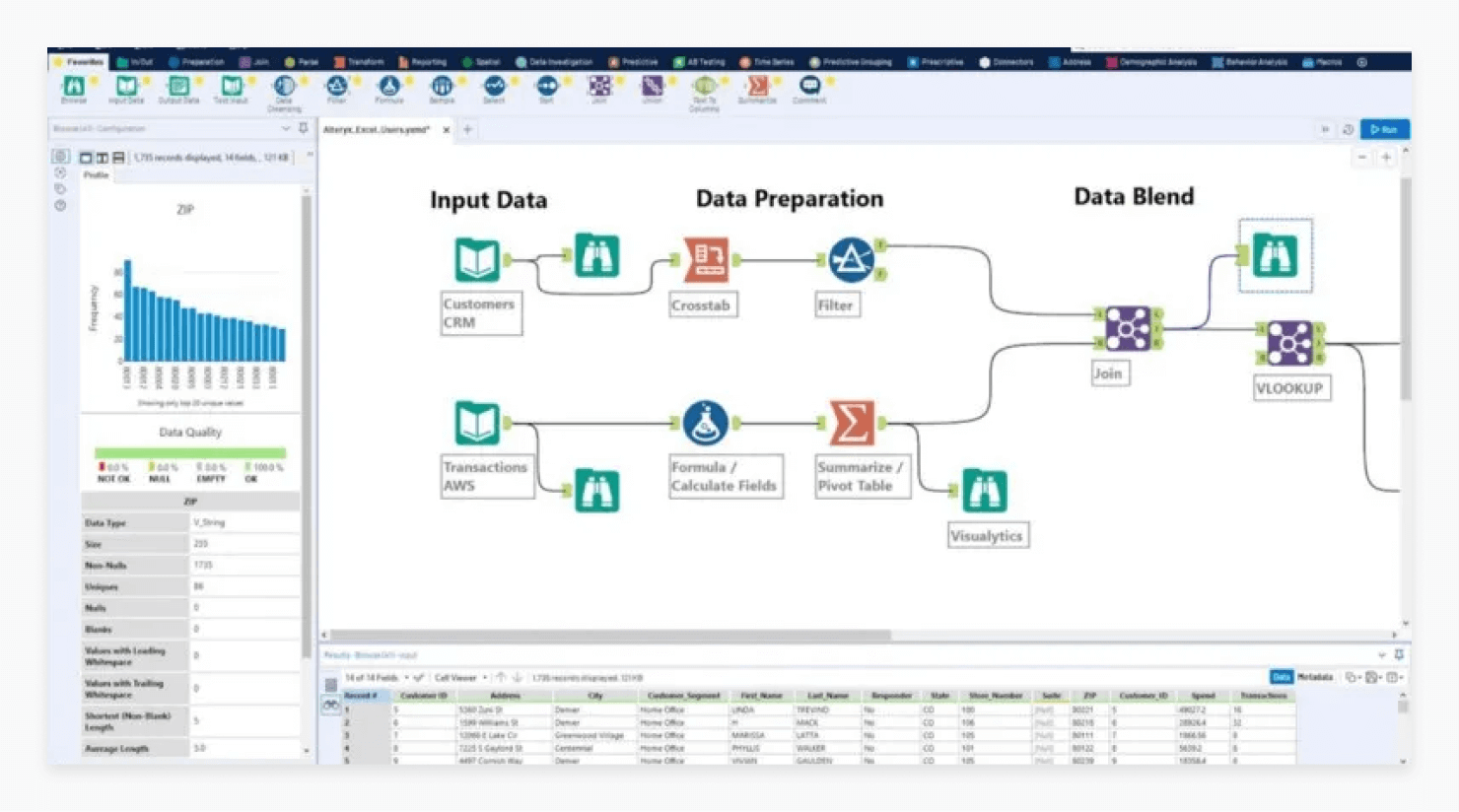
What you need to know:
- Helps collect, prepare, and blend data to speed up or automate processes and provide actionable business insights
- Platform is focused on providing visual insights to make it easier to understand what’s going on behind the scenes
- Students and educators have free access to the software and training resources through its Alteryx for Good program
What can AI data analytics tools be used for?

As we have seen, AI in analytics has revolutionized the way businesses extract valuable insights from their data. AI analytics tools combine the capabilities of artificial intelligence and data analytics to collect, process, analyze, and visualize data from various sources. Some of the key use cases for AI analytics tools include:
- Data mining: Discover patterns and associations in large datasets by leveraging statistical methods, machine learning, and natural language processing.
- Data integration: Streamline the combination of various data sources and reduce the complexity that is typically required to get a unified view of all data.
- Text analytics: Make sense of unstructured text data through natural language processing, sentiment analysis, topic modeling, and text summarization.
- Anomaly detection: Identify and alert unusual or suspicious events or behaviors in data streams.
- Data visualization: Create interactive and engaging dashboards and charts that display key insights and metrics.
- Predictive analytics: Forecast future trends and outcomes based on historical data and patterns.
Conclusion
The tools reviewed in this guide are paving the way towards a more data-driven future, simplifying analysis, and enabling businesses to respond quickly and strategically to changing circumstances. As we move forward, the adoption and effective use of AI analytics tools will undoubtedly become a critical factor in business success. Your journey towards an AI-powered data future starts with understanding these tools and selecting the right one for your business.
If you're looking for help developing a custom AI solution, consider our AI development services. Our team can help you put together a comprehensive AI strategy and guide you through the development process. With our software development consulting services, you can leverage the power of AI models to build a market-ready product that stands out from the competition or increase efficiency and boost productivity with a custom AI-powered application.

